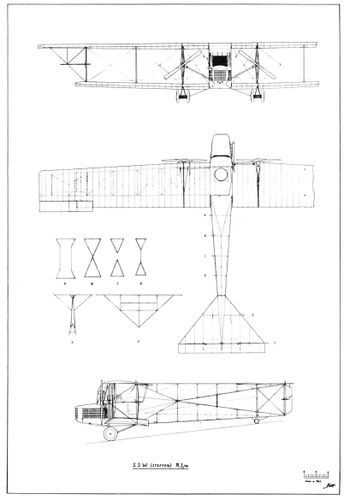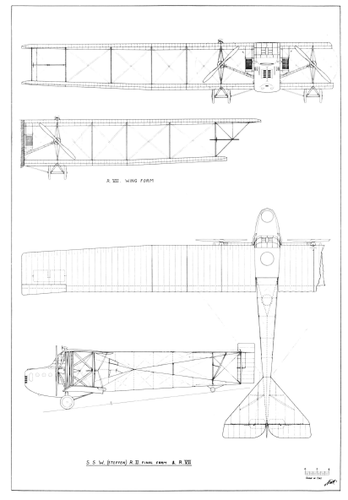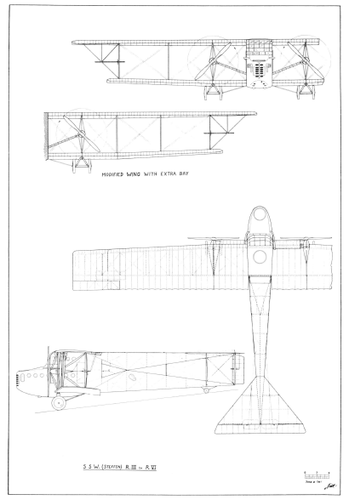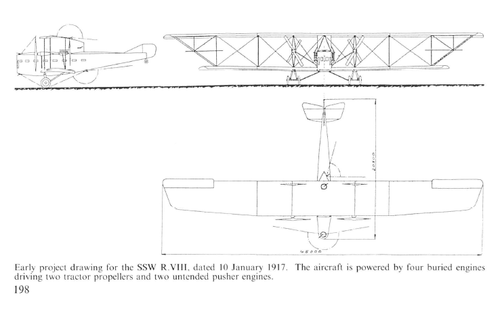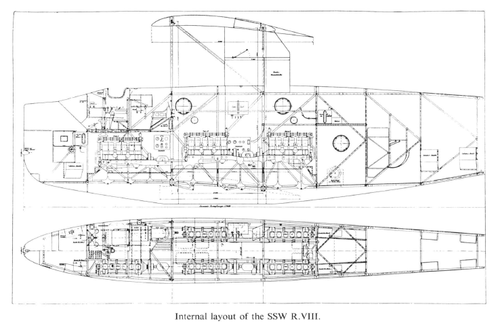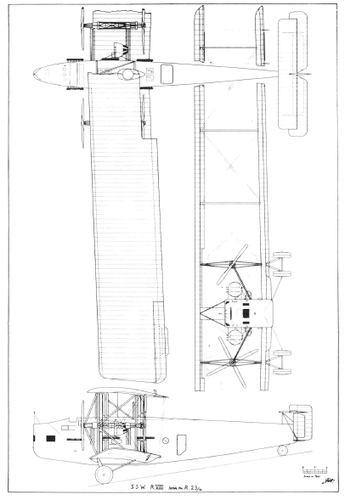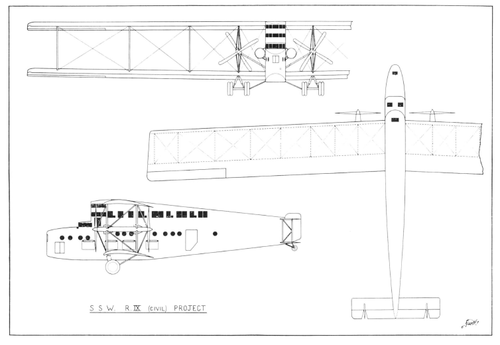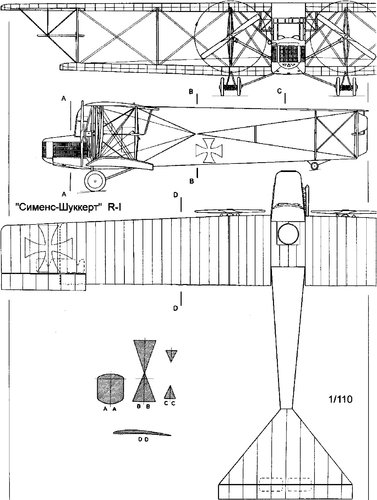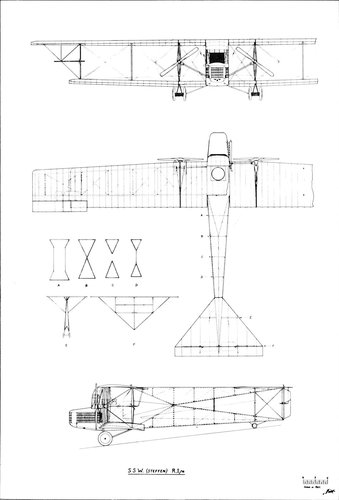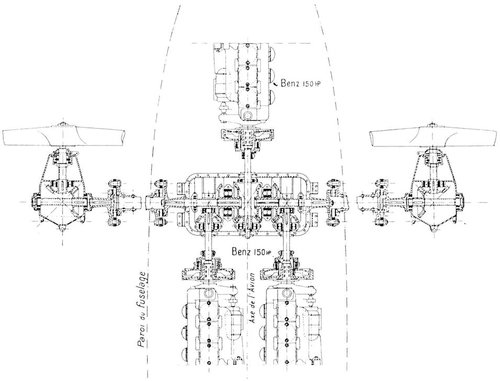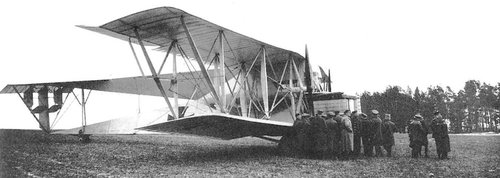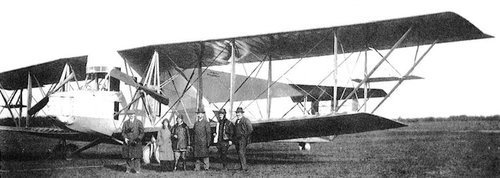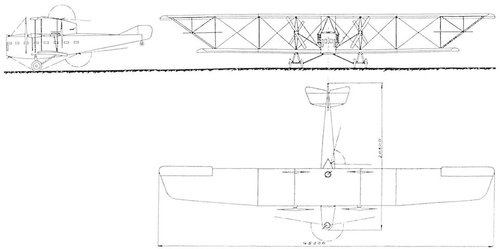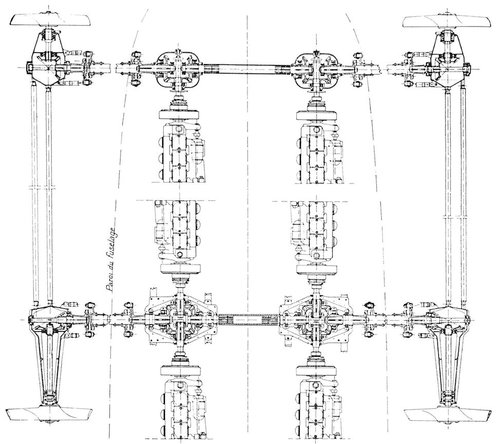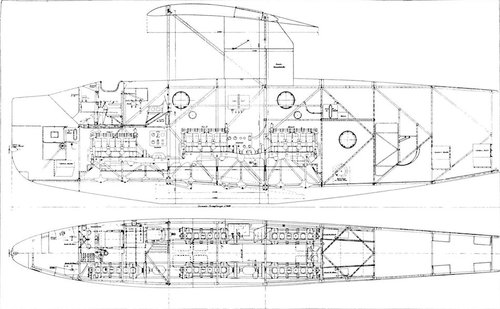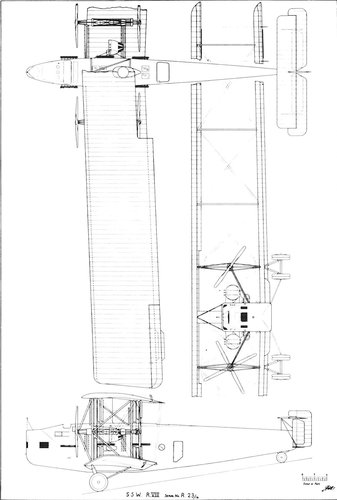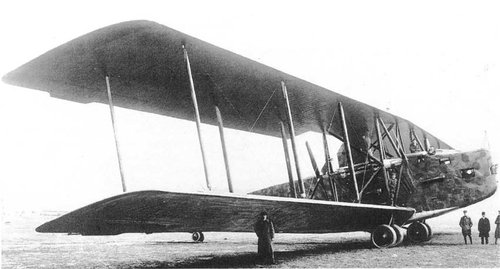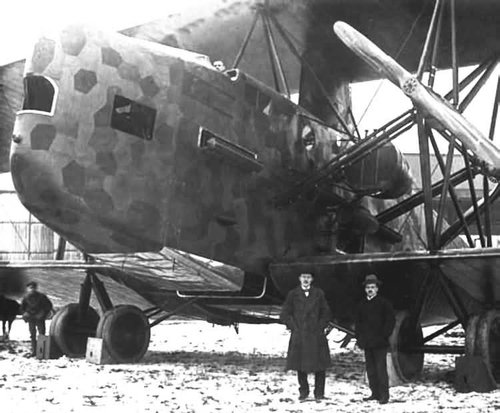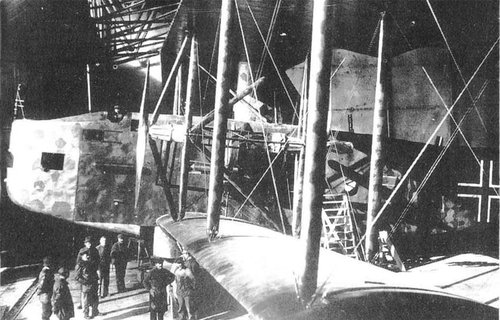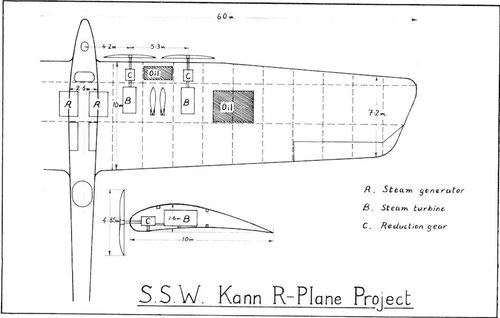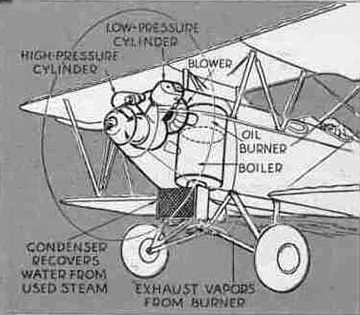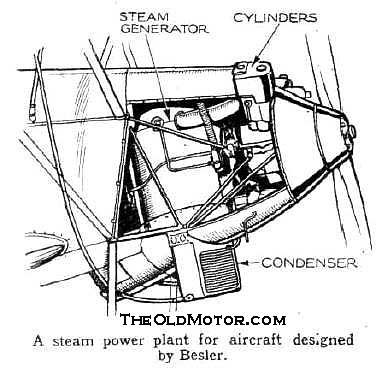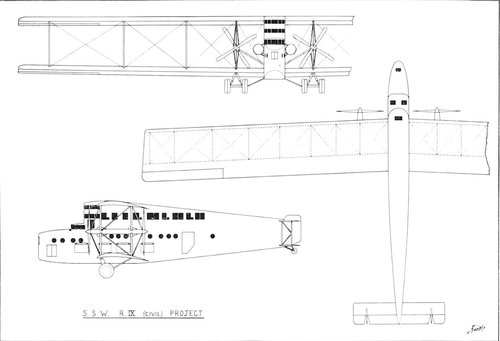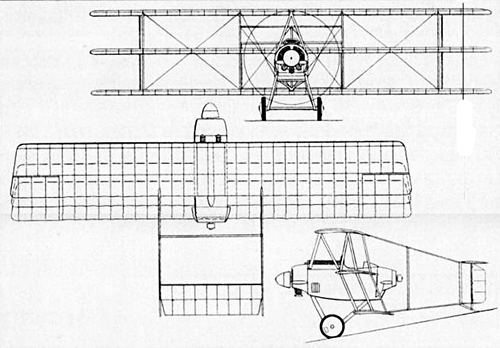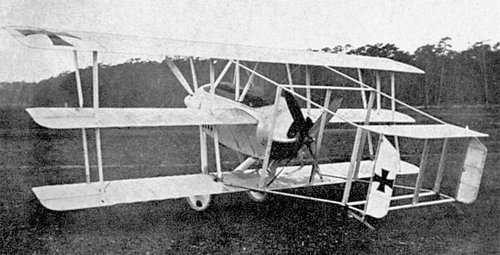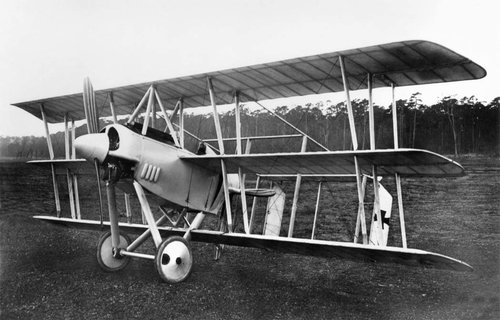blackkite
Don't laugh, don't cry, don't even curse, but.....
- Joined
- 31 May 2007
- Messages
- 8,298
- Reaction score
- 5,913
Hi!
Siemens-Schuckert Forssman "R".
When the Germans first encountered the Russian giants Ilya Muromets at the front, the Germans attempted to copy the machine in the autumn of 1914. Swedish engineer Forsmann at Siemens-Shukkert began construction of a four-engine aircraft, completely repeating the design of the Sikorsky spacecraft. The aircraft was tested in May 1915, but was deemed unsuccessful. The 110-strong engines were too weak, and Forsmann's chosen wing extension was not enough for a normal flight.
When its performance proved inadequate for its intended role, even after numerous modifications, the German Inspectorate of Flying Troops eventually accepted it into service as a trainer. Shortly after its acceptance into military service, the aircraft's fuselage fractured while on the ground, ending its career.
Crew: 4+
Length : 16.5 m, Wingspan : 24 m, Wing area : 140 square meter,
Empty weight : 4,000 kg, Gross weight : 5,200 kg
Powerplant : 2 × Mercedes D.III, 82 kW (110 hp) each
2 × Mercedes D.Ⅳa, 164 kW (220 hp) each (after modification)
Maximum speed : 120 km/h, Rate of climb: 1.15 m/s





Siemens-Schuckert Forssman "R".
When the Germans first encountered the Russian giants Ilya Muromets at the front, the Germans attempted to copy the machine in the autumn of 1914. Swedish engineer Forsmann at Siemens-Shukkert began construction of a four-engine aircraft, completely repeating the design of the Sikorsky spacecraft. The aircraft was tested in May 1915, but was deemed unsuccessful. The 110-strong engines were too weak, and Forsmann's chosen wing extension was not enough for a normal flight.
When its performance proved inadequate for its intended role, even after numerous modifications, the German Inspectorate of Flying Troops eventually accepted it into service as a trainer. Shortly after its acceptance into military service, the aircraft's fuselage fractured while on the ground, ending its career.
Crew: 4+
Length : 16.5 m, Wingspan : 24 m, Wing area : 140 square meter,
Empty weight : 4,000 kg, Gross weight : 5,200 kg
Powerplant : 2 × Mercedes D.III, 82 kW (110 hp) each
2 × Mercedes D.Ⅳa, 164 kW (220 hp) each (after modification)
Maximum speed : 120 km/h, Rate of climb: 1.15 m/s
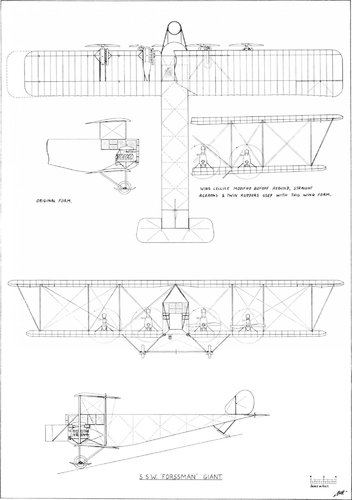
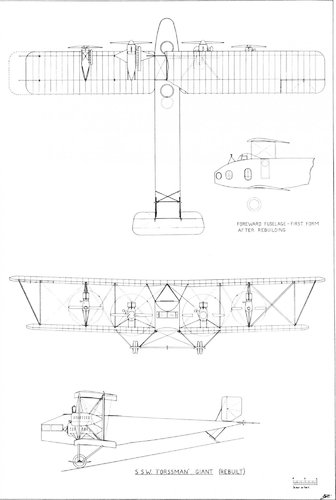
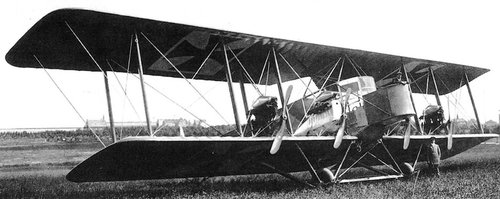
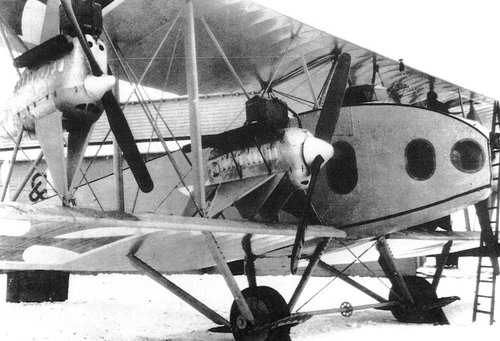
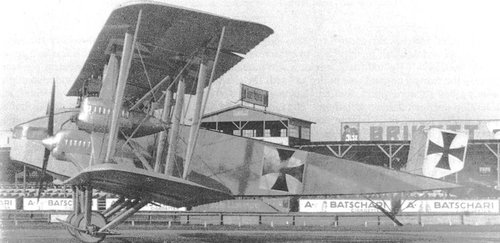
Last edited:

